An inclusive and intergenerational community park
The Crossboundaries studio team designed the Songzhuang Micro Community Parkas an “assembly of urban rooms”, thus transforming this deserted public space into a lively place…
After beginning his career as an architect, Kris Provoost soon decided to settle down in Shanghai with the aim of developing his professional career there. Creative people rarely limit themselves into one single artistic field, and Kris Provoost, with his love for photography, is no exception. For seven years, he has been taking pictures of Chinese buildings, portraying their angular shape, clear-cut details and refined curved lines.
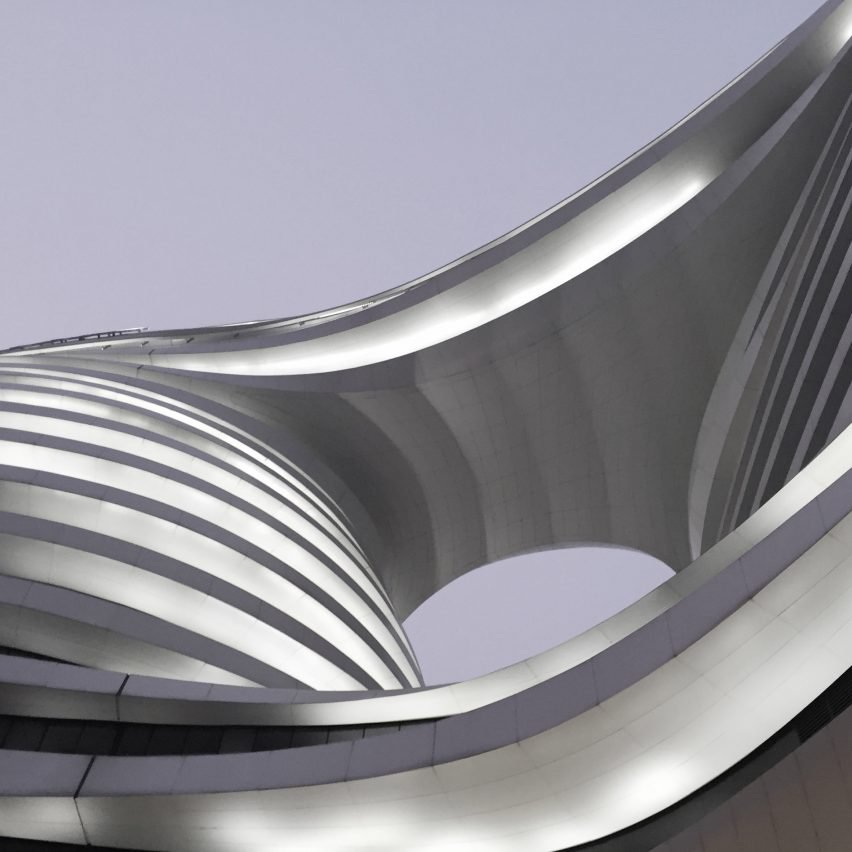
His work originates from his passion for the extraordinary buildings that have caused a sensation in the Middle Kingdom. In fact, this photography series depicts some exceptional buildings built during the Chinese economic boom. The project, named “Beautified China”, includes not only the CCTV Headquarters by OMA, nicknamed “big pants” because of its unconventional geometrical shape but also other works by Zaha Hadid or Herzog&de Meuron, as the photographer chose to focus on buildings’ details rather than context.
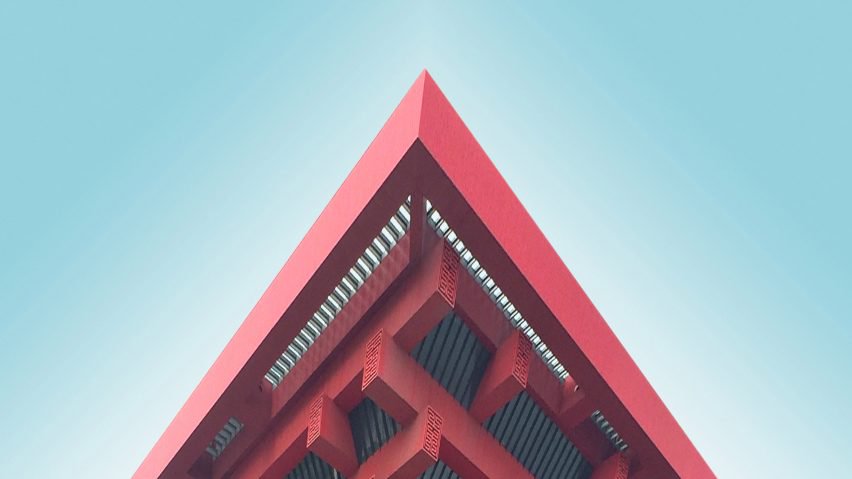
Better known as the Bird’s Nest, the stadium opened in 2008 and hosted the opening and closing ceremonies of the Beijing Olympic Games.
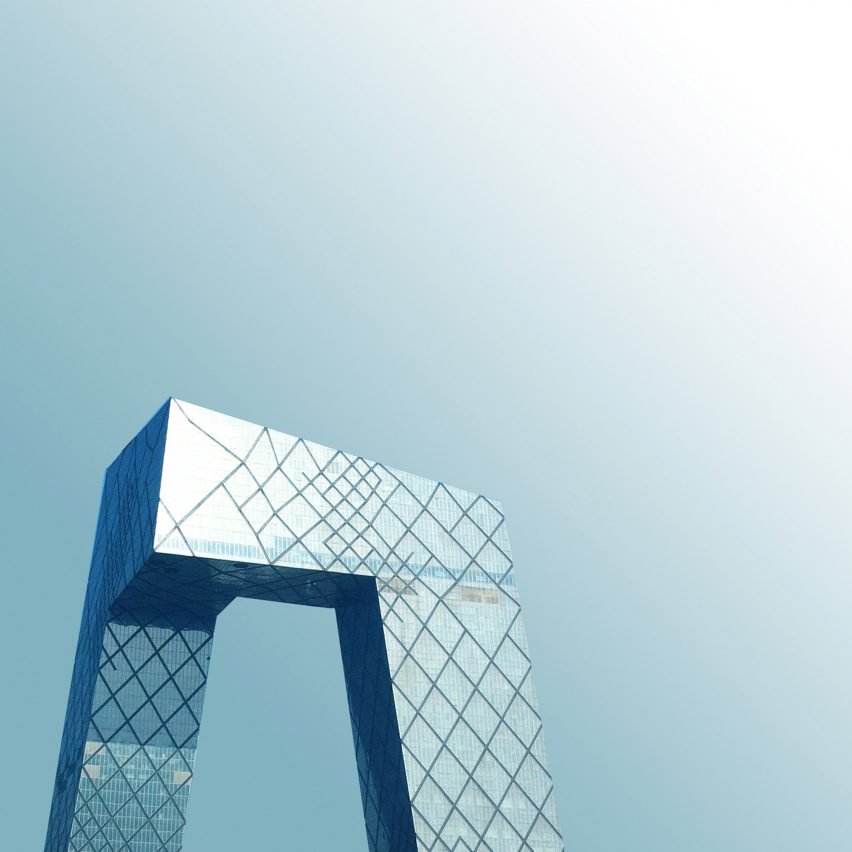
Wangjing Soho by Zaha Hadid is a complex of three skyscrapers designed to look like giant pebbles.
CCTV headquarters in Beijing, which opened in 2012, famously sparked president Xi Jinping to call for an end to “weird architecture” in the country.
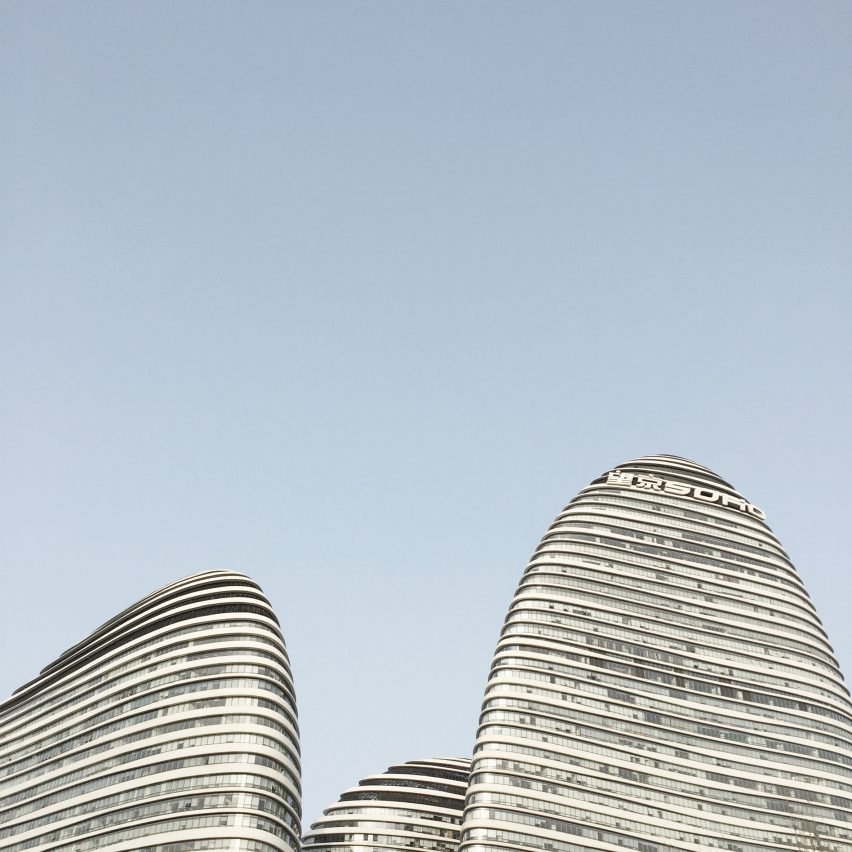
However, many people defended the project, especially the OMA founder declared that the building played an important role in “conceptualising, liberating and realising structure that did not exist in China before”.
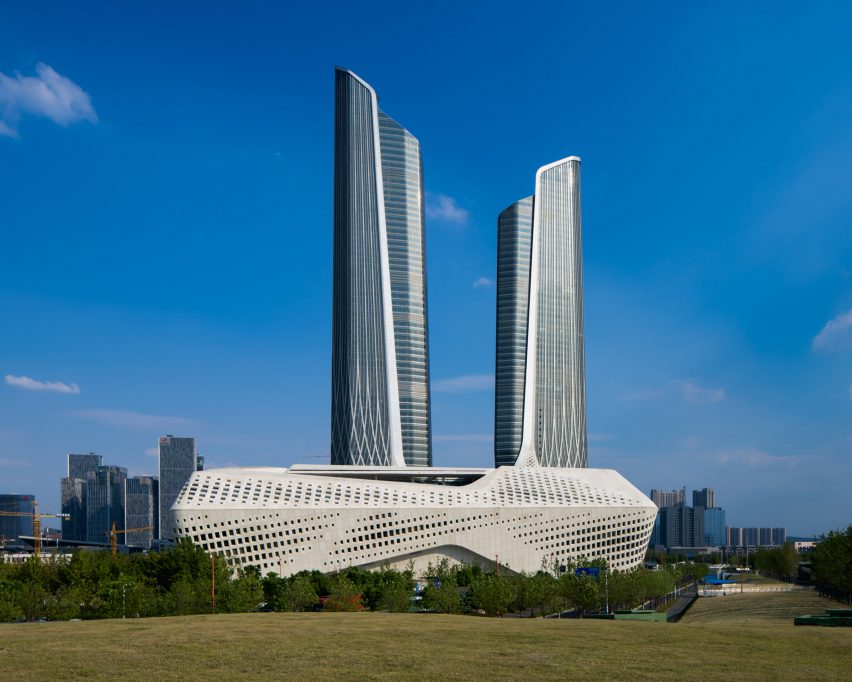
“The CCTV headquarters is definitely a unique project, both from an engineering point of view, but more so from a city image building point of view,” Provoost told Dezeen.
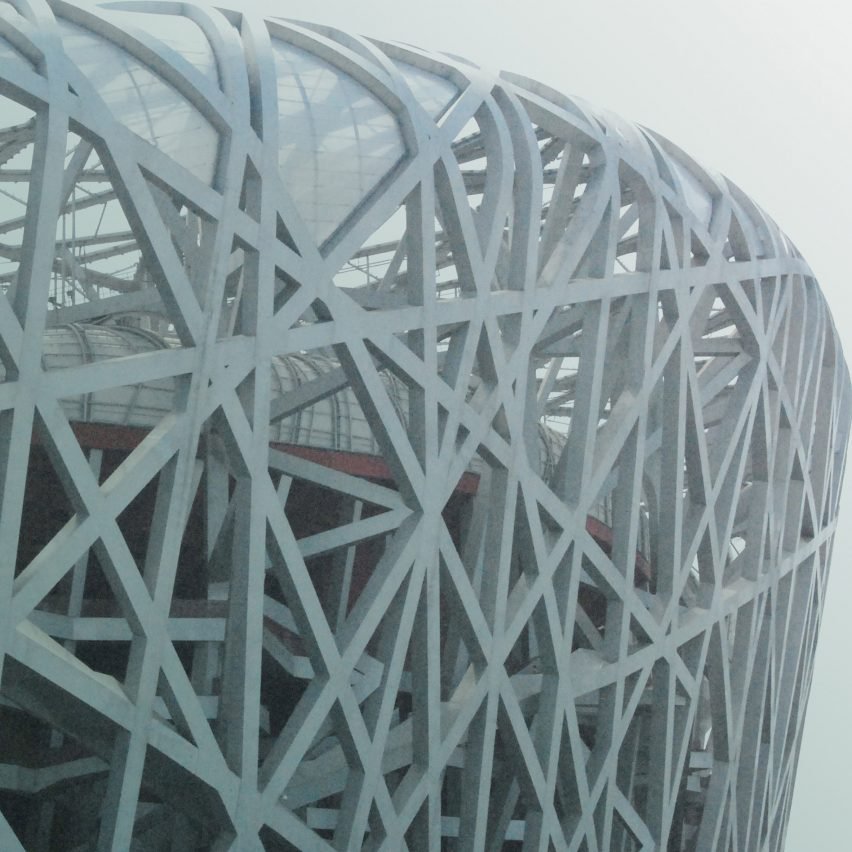
The Belgian artist also stated that this series marks a change in the architectural style in the country, with architects moving away from these bold designs towards proposals more focused on context.
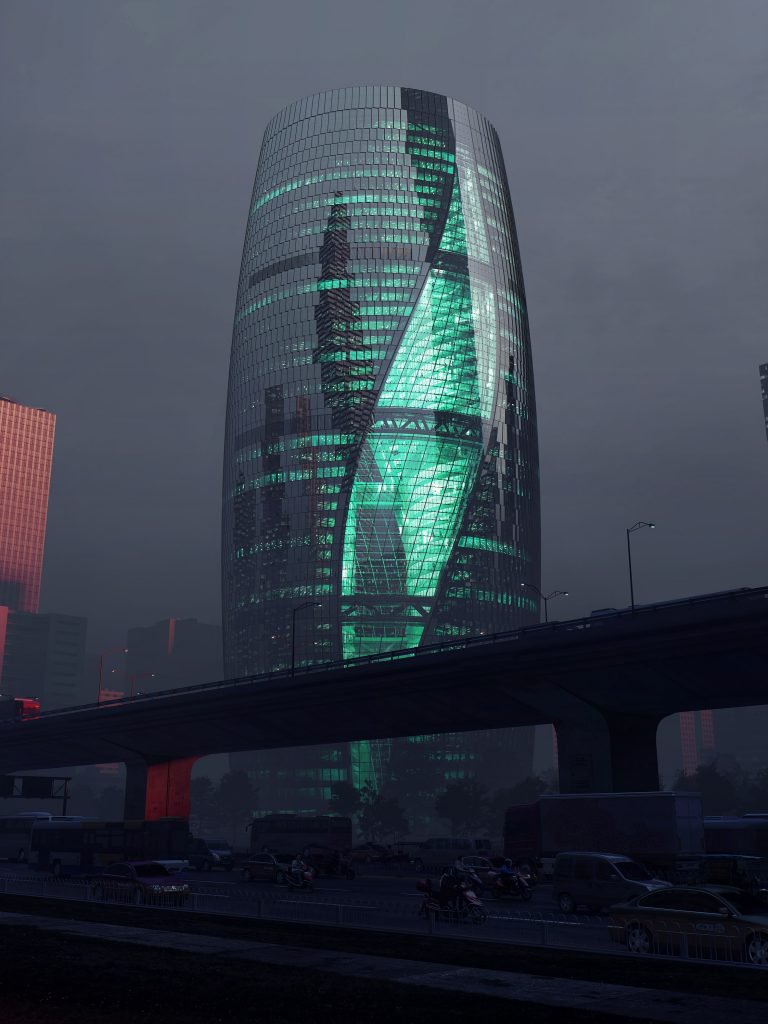
He cites Zaha Hadid Architects’ 46-storey Leeza Soho Tower, which will feature the world’s tallest atrium, as an example of a more “rational” approach, even if the building is all the same an architectural masterwork.
“In my opinion, the change in architectural style has to do with maturity. There was a time of exploration on a very large scale. With this exploring, there came a realisation that cities cannot expand indefinitely, so people started to look back at city centres. They started asking: is this flamboyant architecture still necessary?” added Provoost.
Other projects which are not included in the series but belong to this generation of unique buildings are the Bund International Finance Center and International Youth Centre in Nanjing.